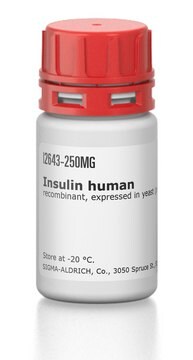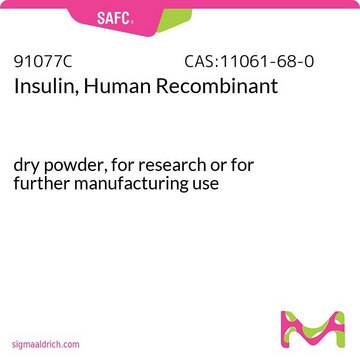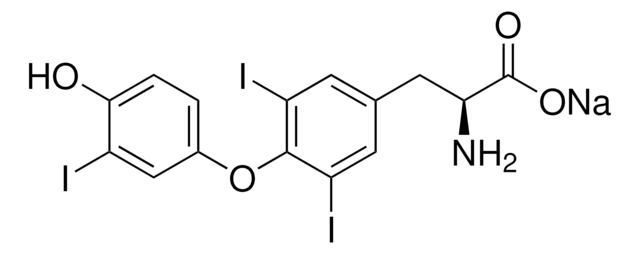Kluczowe dokumenty
N0636
Nicotinamide
BioReagent, suitable for cell culture, suitable for insect cell culture
Synonim(y):
Niacinamide, Nicotinic acid amide, Pyridine-3-carboxylic acid amide, Vitamin B3, Vitamin PP
About This Item
Polecane produkty
pochodzenie biologiczne
synthetic (organic)
linia produktu
BioReagent
Próba
≥98% (HPLC)
Formularz
powder
masa cząsteczkowa
Mw 122.12 g/mol
metody
cell culture | insect: suitable
cell culture | mammalian: suitable
kolor
white
mp
128-131 °C (lit.)
rozpuszczalność
water: soluble 50 mg/mL, clear, colorless
ciąg SMILES
NC(=O)c1cccnc1
InChI
1S/C6H6N2O/c7-6(9)5-2-1-3-8-4-5/h1-4H,(H2,7,9)
Klucz InChI
DFPAKSUCGFBDDF-UHFFFAOYSA-N
informacje o genach
human ... PARP1(142) , SIRT2(22933)
Szukasz podobnych produktów? Odwiedź Przewodnik dotyczący porównywania produktów
Opis ogólny
Zastosowanie
Działania biochem./fizjol.
Hasło ostrzegawcze
Warning
Zwroty wskazujące rodzaj zagrożenia
Zwroty wskazujące środki ostrożności
Klasyfikacja zagrożeń
Eye Irrit. 2
Kod klasy składowania
11 - Combustible Solids
Klasa zagrożenia wodnego (WGK)
WGK 1
Temperatura zapłonu (°F)
302.0 °F - closed cup
Temperatura zapłonu (°C)
150 °C - closed cup
Środki ochrony indywidualnej
dust mask type N95 (US), Eyeshields, Gloves
Wybierz jedną z najnowszych wersji:
Masz już ten produkt?
Dokumenty związane z niedawno zakupionymi produktami zostały zamieszczone w Bibliotece dokumentów.
Klienci oglądali również te produkty
Produkty
Oxidative stress is mediated, in part, by reactive oxygen species produced by multiple cellular processes and controlled by cellular antioxidant mechanisms such as enzymatic scavengers or antioxidant modulators. Free radicals, such as reactive oxygen species, cause cellular damage via cellular.
Nasz zespół naukowców ma doświadczenie we wszystkich obszarach badań, w tym w naukach przyrodniczych, materiałoznawstwie, syntezie chemicznej, chromatografii, analityce i wielu innych dziedzinach.
Skontaktuj się z zespołem ds. pomocy technicznej







![[Leu15]-Gastrin I human ≥95% (HPLC)](/deepweb/assets/sigmaaldrich/product/structures/153/342/d4cb3dd7-13f1-46cf-8d1f-3907a5de7a83/640/d4cb3dd7-13f1-46cf-8d1f-3907a5de7a83.png)





